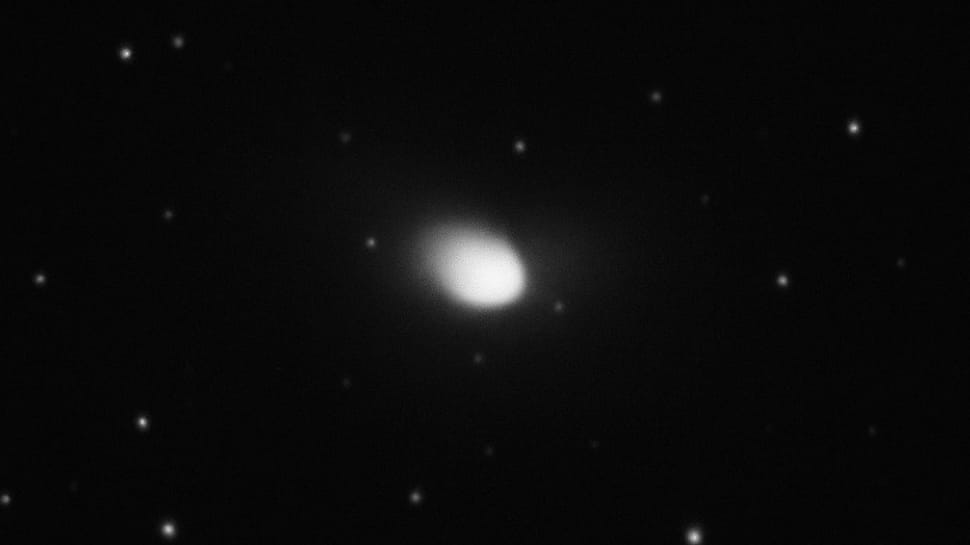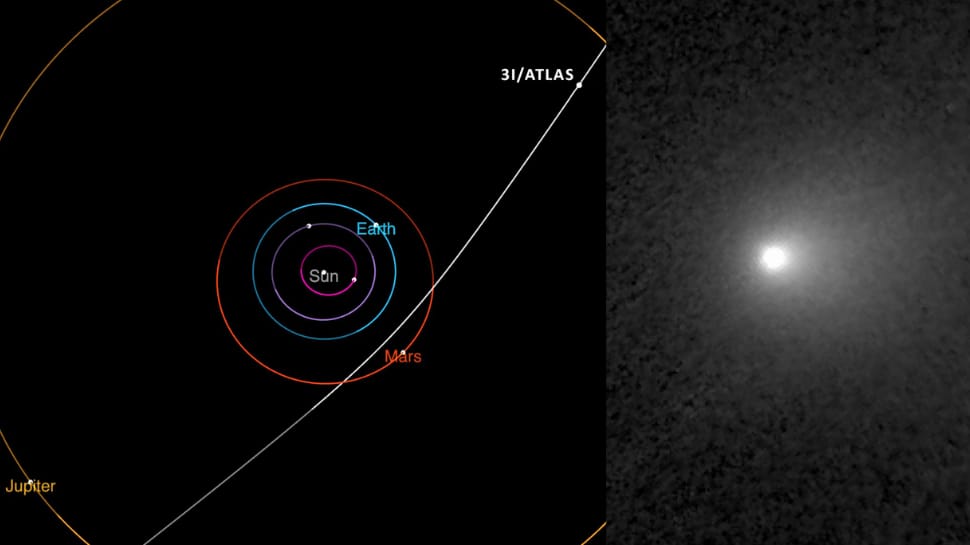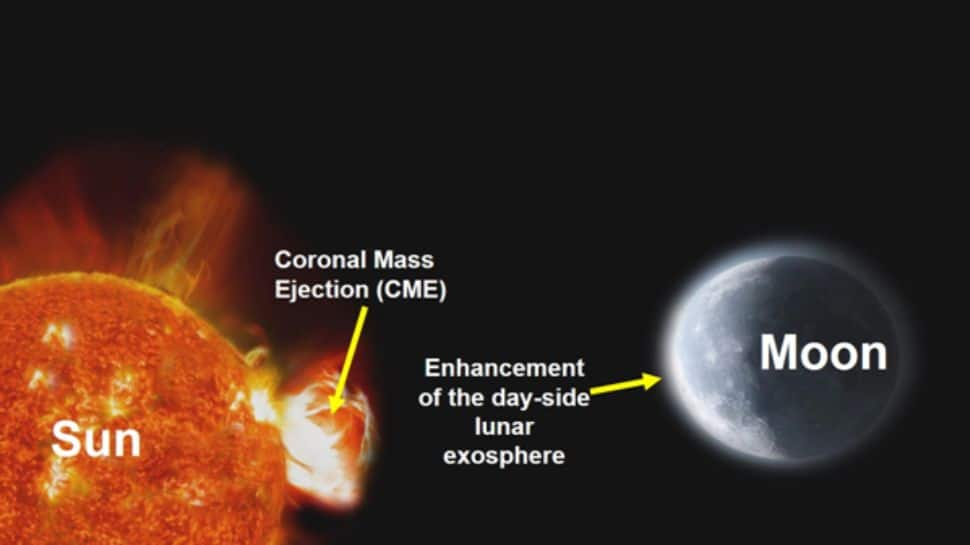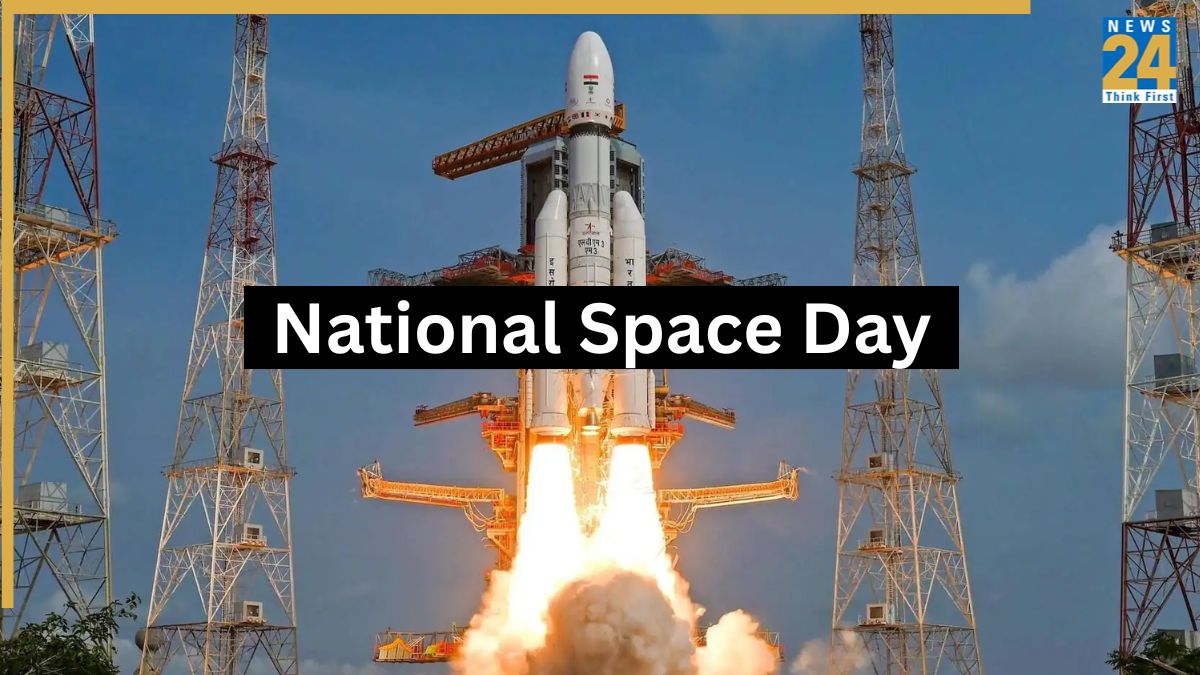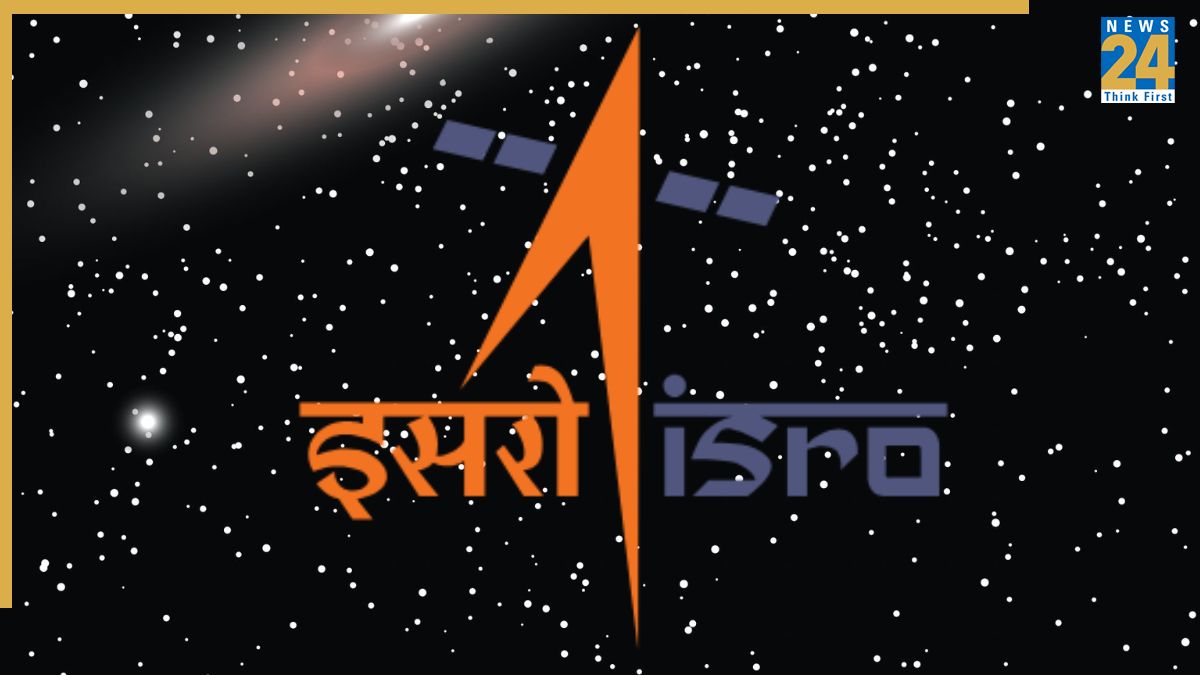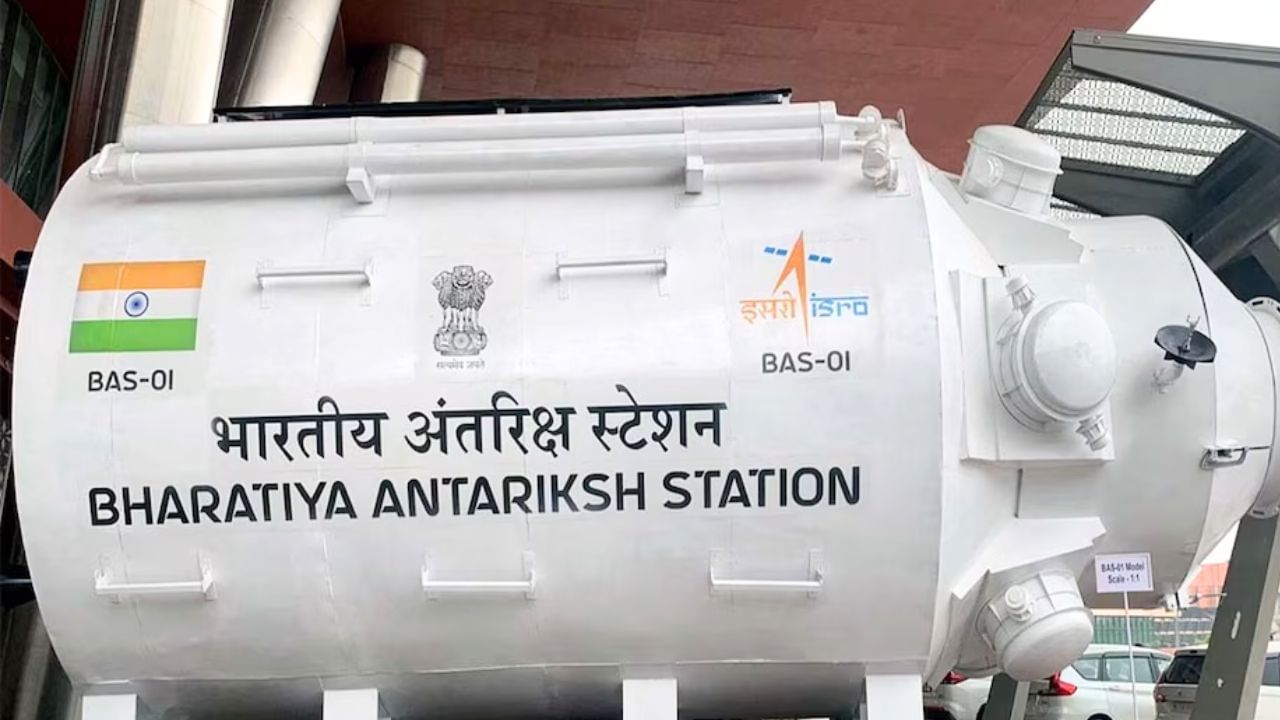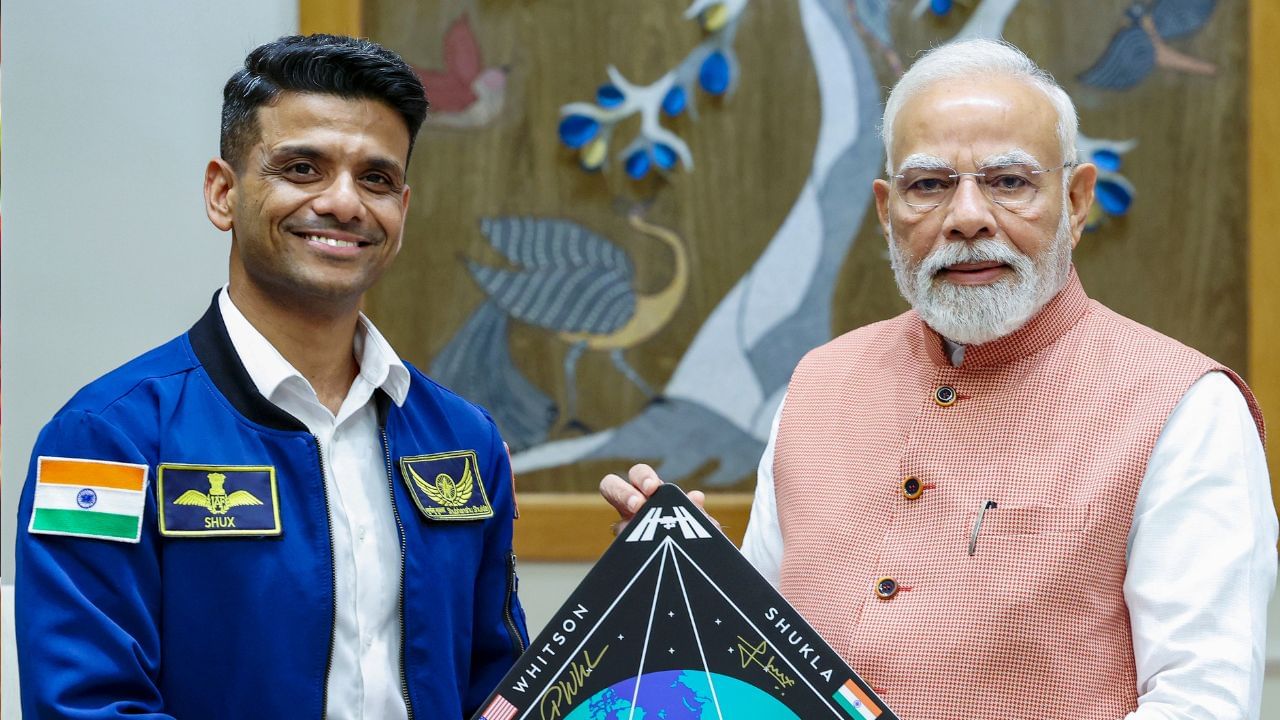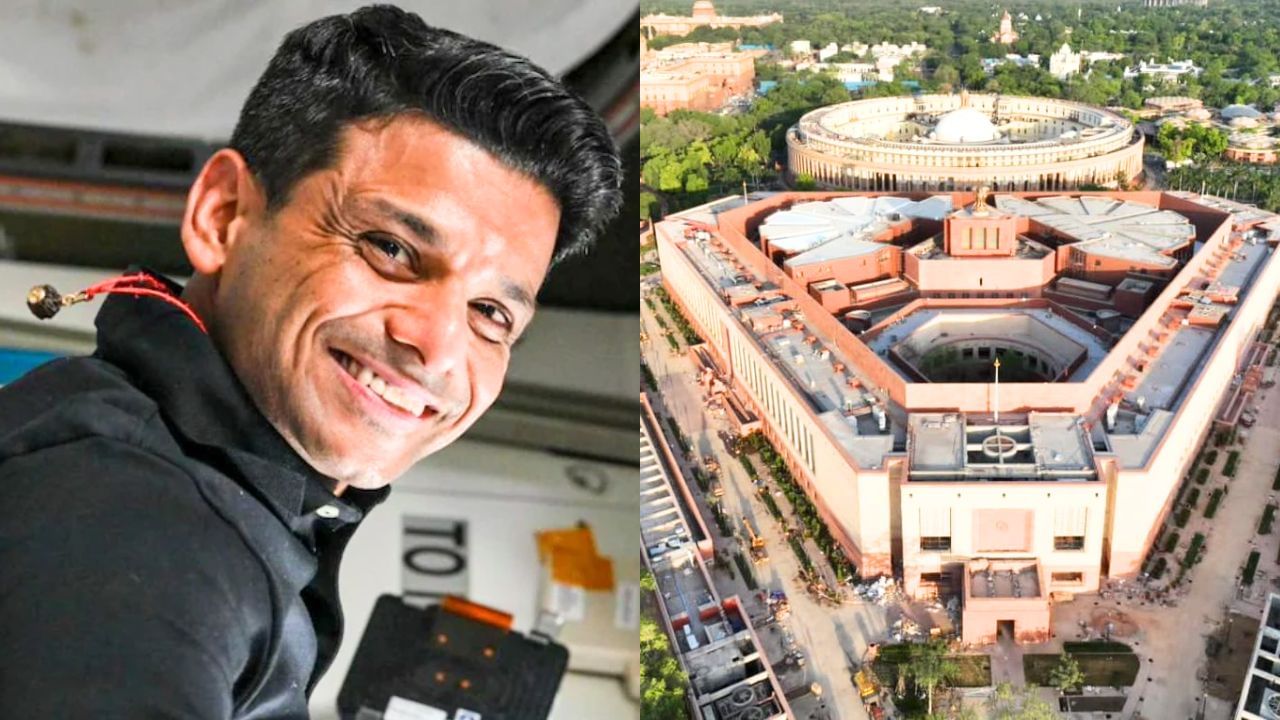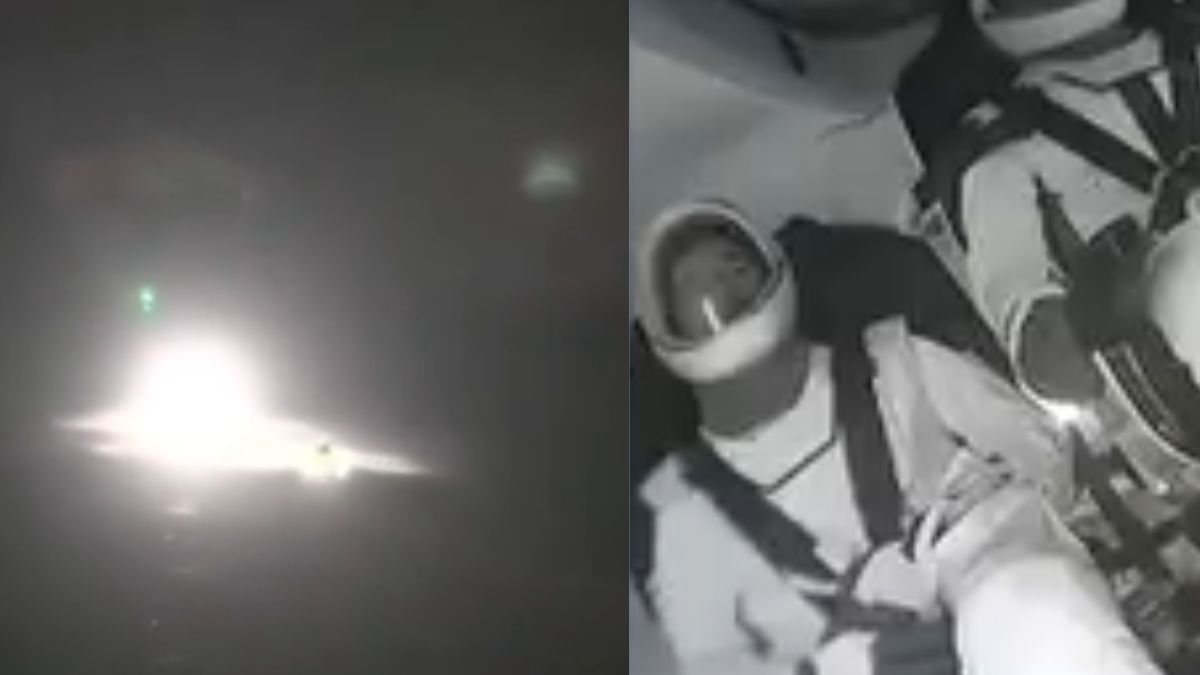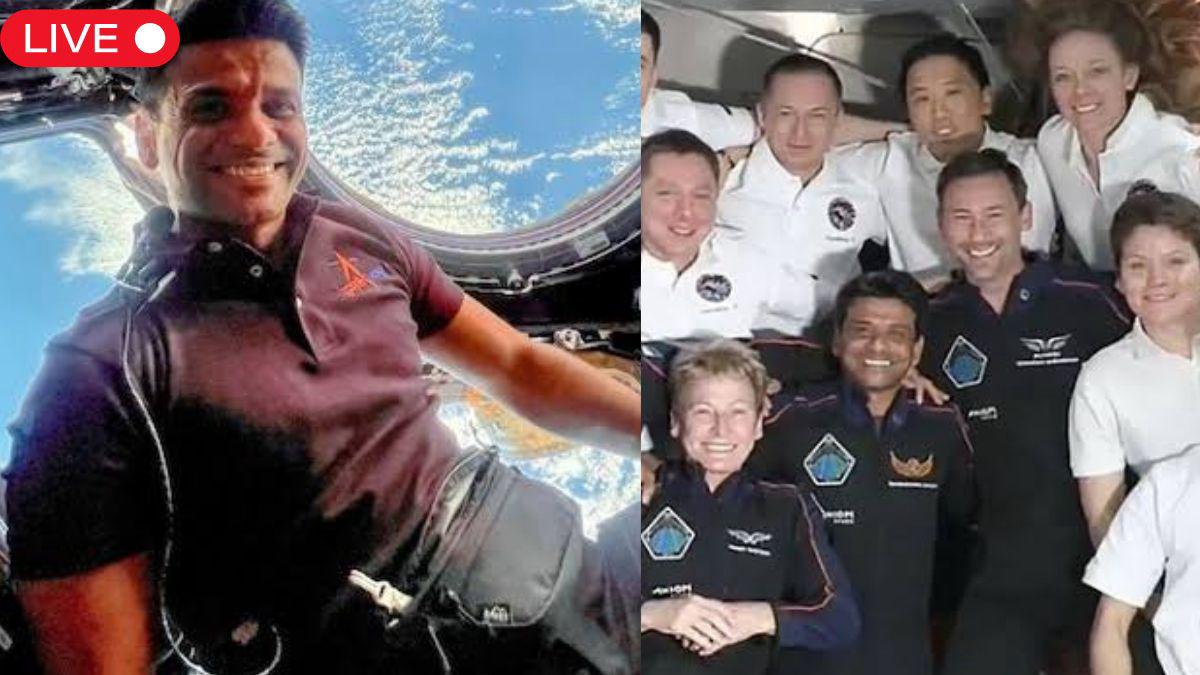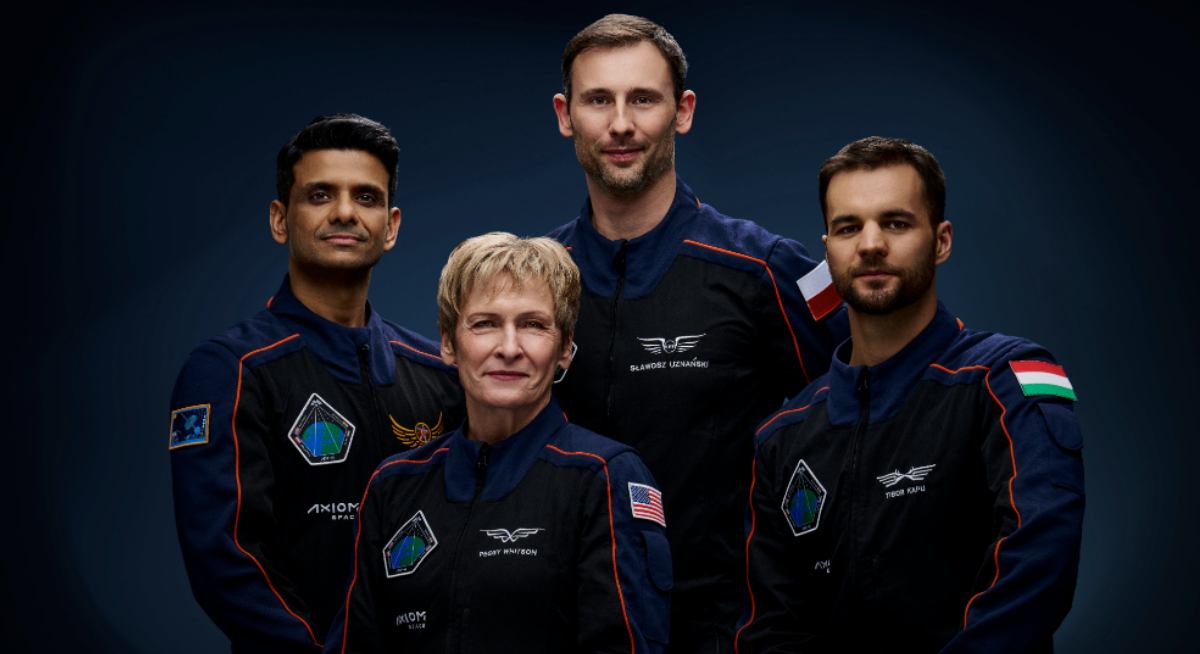Subscribe to Updates
Get the latest creative news from FooBar about art, design and business.
Browsing: space exploration
Amit Kshatriya, a robotics engineer of Indian origin, has been named the new Associate Administrator of NASA, the agency’s highest civil service…
Astronaut Shubhanshu Shukla revealed on Sunday that he was a shy and introverted child, inspired by stories of Rakesh Sharma’s 1984 space…
India marked its second National Space Day with celebrations highlighting the nation’s advancements in space exploration. The day commemorates the historic landing…
India is celebrating its second National Space Day with significant enthusiasm and pride today. This day commemorates the momentous soft landing of…
The Indian Space Research Organisation (ISRO) presented a model of the Indian Space Station (BAS) module at the two-day National Space Day…
Prime Minister Narendra Modi met with Group Captain Shubhanshu Shukla, the pilot from the Axiom-4 space mission to the International Space Station…
India Outlines Ambitious Space Exploration Goals: Moon Landing by 2040, Space Station by 2035
The Union Minister of State for Science and Technology highlighted India’s advancements in the space sector, noting that scientific experiments conducted by…
A special discussion in the Lok Sabha will be held today to celebrate the achievements of India’s first astronaut, Shubhanshu Shukla, aboard…
Astronaut Shubhanshu Shukla Returns to Delhi After Axiom-4 Mission, Greeted by Dignitaries
Indian astronaut Group Captain Shubhanshu Shukla arrived in New Delhi on Sunday, following the successful completion of NASA’s Axiom-4 (AX-4) mission. He…
During his address to the nation from the Red Fort on the 79th Independence Day, PM Narendra Modi announced India’s plan to…
The Indian Space Research Organisation (ISRO) is slated to launch a 6,500-kilogram communications satellite built by the United States in the coming…
Defense Minister Rajnath Singh lauded Group Captain Shubhanshu Shukla’s successful return from the Axiom-4 mission, calling it a moment of pride for…
Indian astronaut Shubhanshu Shukla and his team successfully completed their 18-day mission aboard the International Space Station (ISS), making a splashdown in…
Shubhanshu Shukla’s Return: Live Updates as Indian Astronaut Approaches Earth After Space Mission
The Axiom-4 (Ax-4) mission concluded its separation from the International Space Station (ISS) at 4:45 pm (IST) on Monday. Indian astronaut Shubhanshu…
The Dragon spacecraft successfully separated from the International Space Station (ISS) on Monday. Group Captain Shubhanshu Shukla and his crew are scheduled…
Shubhanshu Shukla, India’s First Astronaut to ISS, Returns Home After Historic Axiom-4 Mission
After approximately 20 days in space, the Axiom-4 mission team has begun their journey back to Earth aboard SpaceX’s Dragon spacecraft, named…


